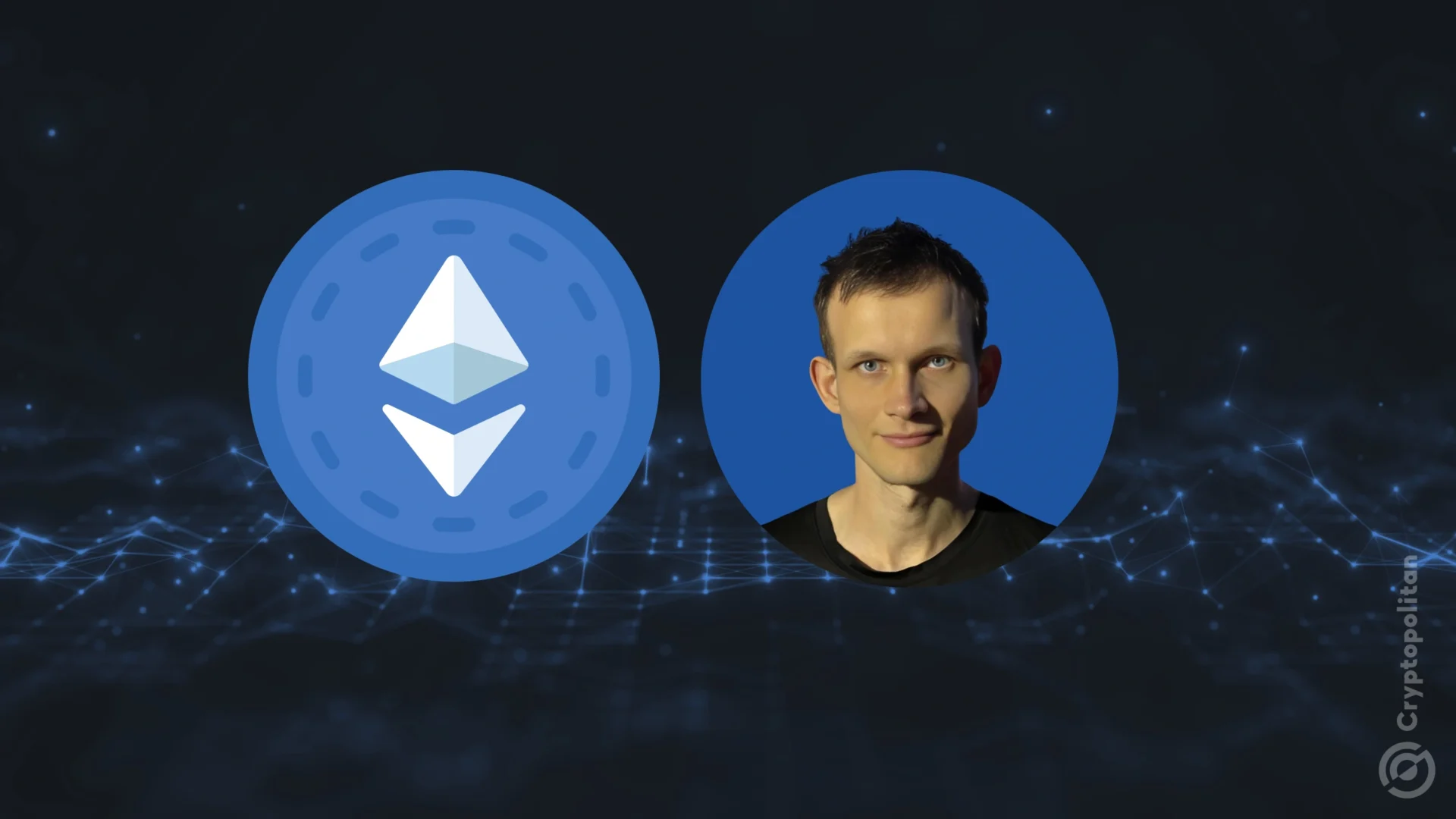Ethereum creator Vitalik Buterin has called for a clearer and more transparent approach to Ethereum’s alignment and governance. He believes the community must find a balance between decentralization and cooperation, bringing all stakeholders together without losing the essence of Ethereum.
The ecosystem is built on a wide range of participants, including client teams, researchers, layer 2 projects, developers, and local communities.
They all work toward their own vision of Ethereum. But how do they make sure that they’re building a cohesive ecosystem, and not a fragmented one?
To address this, many in the Ethereum community have introduced the idea of “alignment.”
Buterin explains that this term covers three main areas:
- values alignment (like being open source, reducing centralization, supporting public goods)
- technological alignment (adhering to ecosystem-wide standards)
- economic alignment (using ETH as the token where possible)
The problem is, this concept has been vague, which brings the risk of projects being aligned based on connections, not principles.
Breaking down Buterin’s Ethereum alignment policy
Buterin suggests that Ethereum alignment should be broken down into specific properties represented by measurable metrics for it to work properly.
For example, open-source is important since it allows for security through inspection and reduces the risk of proprietary lock-in.
Not every single piece of code needs to be open-source, but core components must be. This keeps the infrastructure transparent and accessible.
He points to the Free Software Foundation’s free software definition and the Open Source Initiative’s standards as gold standards for what open-source should look like.
Another component is open standards. These apparently ensure interoperability across the entire ecosystem.
Buterin says projects should be compatible with existing standards like ERC-20 or ERC-1271, and if new needs arise, they should develop new ERCs to meet them.
The metric here is simple: is the project compatible with the relevant ERCs? If not, then it’s not in alignment.
Then decentralization and security. Projects should avoid single points of failure and minimize reliance on centralized infrastructure.
Buterin says two tests can help measure this. The walkaway test that asks if the application can still function if the development team and their servers disappear.
And then the insider attack test looks at how much damage the team could cause if they decided to attack their own system. Layer 2 solutions should try real hard to pass these tests, he says.
The positive-sum approach
Buterin explains that alignment should not just benefit individual projects but the entire community. This means using ETH, contributing to open-source technology, and committing to donate a percentage of tokens or revenue to support public goods in the Ethereum ecosystem.
It creates a positive-sum result, where the success of a project benefits everyone involved, not just those within its own boundaries.
Projects should also try to contribute beyond Ethereum. This could be through technology that offers utility beyond crypto. Like funding mechanisms or general computer security solutions.
Or it could be through applications that provide real-world benefits, like financial inclusion. Ethereum, according to Buterin, should make the world a more free and open place.
But not every metric is applicable to every project. What makes sense for layer 2 solutions might not apply to decentralized social media applications or wallets. Priorities can change over time as well.
For example, two years ago, it was acceptable for rollups to have “training wheels” because the technology was still new.
Today, they need to move to at least stage 1 to remain competitive and aligned with Ethereum’s goals.
Buterin’s ideal outcome is that more entities like L2beat will come out to track how well individual projects meet these criteria.
Instead of projects competing to be friends with the right people, they’d compete to be as aligned as possible according to these clear metrics.
He believes the Ethereum Foundation should fund entities like L2beat but not control them, maintaining neutrality.
Buterin argues that you can only have a meritocracy if merit is well-defined. Without clear criteria, it turns into a social game where influence and connections matter more than actual contributions.
So, it remains to be seen now. Can Ethereum keep all these moving parts together without turning into a collection of incompatible fiefdoms?





